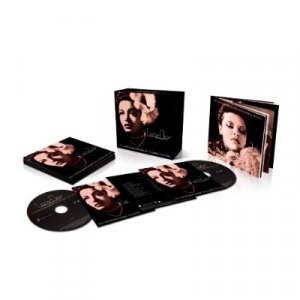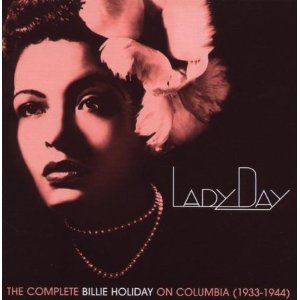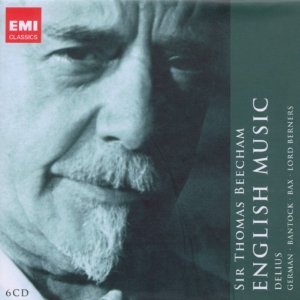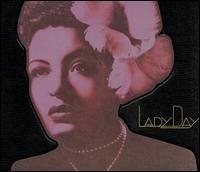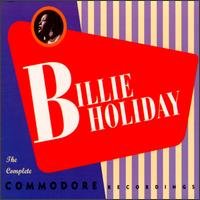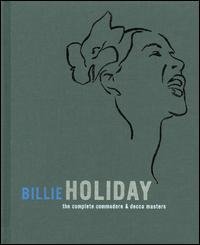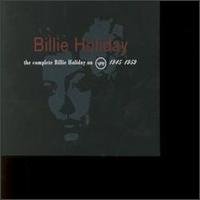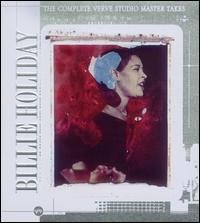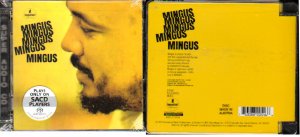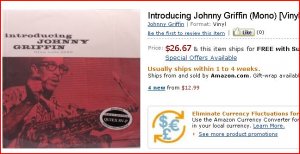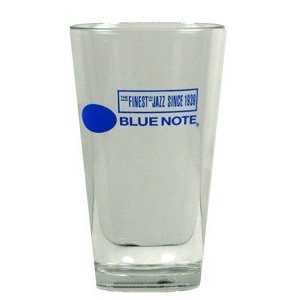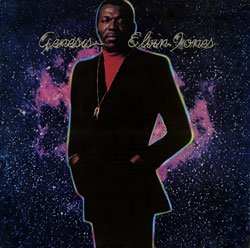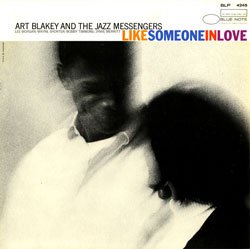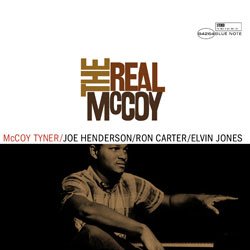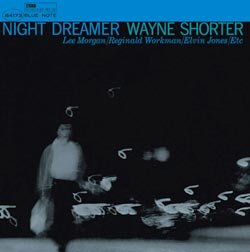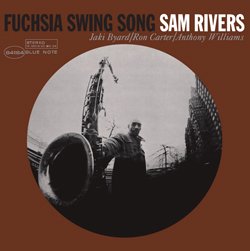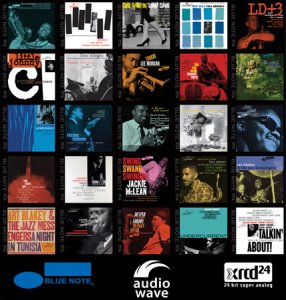When Sony/Columbia began its ambitious Legacy reissue project, those who followed their jazz titles knew it was only a question of time before the massive Billie Holiday catalog under their ownership would see the light in its entirety. The question was how? Years before there was a host of box sets devoted to her material, but the sound on those left something to be desired. Would they remaster the material in two- or three-disc sets with additional notes? Would it be one disc at a time? Would the material be issued as budget or midline material or at full price? The last item could be ruled out based on the label's aggressive and very thorough packages of single discs by Charles Mingus, Miles Davis, Duke Ellington, and others. As for the box set issues, how could one successfully package this material with all of the foreign issues in a way that made sense? Again, there were fine precedents in the box set packages of the Miles Davis and Louis Armstrong packages, which are impeccably remastered, designed, and presented -- six Grammy's worth. The answer lies in this lavishly designed ten-CD package that looks on the outside like a 78 album sleeve with a tucked book of notes, track annotations, and rare photographs, and a deck of wondrously remastered CDs that are sequenced in such a way that the entire Columbia story is told in a way that not only makes sense, but is compelling in its revelations of Holiday's development as a vocalist and an interpreter of songs from 1933. The story begins with her first two recordings for the label with Benny Goodman in November and December of 1933, moves to two years later when she recorded another session, and ends some 43 sessions later in 1944 with her own band that starred Roy Eldridge, Barney Bigard, Art Tatum, Oscar Pettiford, and Sidney Catlett. These include a pair of V-disc recordings from that year. In all, this set contains 230 tracks. There are 153 masters recorded for Columbia and its subsidiaries, like Brunswick, Vocalion, Okeh, and Harmony. Thirty-five of these tracks have never before been issued in the United States, and those masters are included here beginning on CD seven and continuing throughout to the end of disc ten. Musically it is inarguable that these 11 years were the high point of Ms. Holiday's career, the stunning recordings she did with her own band that featured some of the greatest legends in jazz as well as those recorded with Teddy Wilson, Benny Goodman, Benny Carter, Count Basie, Eddie Heywood, and even one with Duke Ellington's band in 1935 ("Saddest Tale") from Ellington's Symphony in Black recording session. Musicians like Hot Lips Page, Don Byas, Kenny Clarke, Ben Webster, Lester Young, Charlie Shavers, Freddie Greene, Jo Jones, Cozy Cole, Chu Berry, Henry "Red" Allen, Bud Freeman, Milt Hinton, Buck Clayton, Johnny Hodges, and literally dozens of others contribute to the development of the Holiday legend. What may appear confusing at the outset makes great sense as the set progresses. The first six discs are master takes recorded either with her orchestra or the other groups mentioned. Disc seven begins laying out the alternate takes and airchecks and personnel crisscrosses all over the set. While this might be irritating to some listeners, it serves a two-fold purpose: one is that the integrity of the American masters is preserved, and the second is that the alternates and check-ins can be heard in a sequence that makes sense historically and aesthetically. Believe me, since these too are laid out chronologically as alternates, it's a pleasure to listen to them rather than wading through five or six or even two takes of the same song laid back to back. It's also on the alternates, far from the masters, that we get a different perspective on process and development, not only in terms of Holiday's singing, but also the different accents added or deleted from the orchestral accompaniment. Lastly, being able to go back and forth in these takes, we get to witness the sharp juxtaposition of her development as a singer from the raw, early bluesy material influenced deeply by Bessie Smith to the master songstress who could nuance a maximum emotion from just a few notes, smoothly and without a trace of edginess. The unissued masters are a cipher. Literally, it is confounding that these recordings were previously unavailable here in that they mark her reunion with Benny Goodman or other fine sessions with Basie or her vocal collaborations with Johnny Mercer in 1939. In many ways the purchase of the set is worth it for discs nine and ten alone, as well as the killer packaging. Lastly, it would be shameful not to make mention of the truly amazing liner notes by the esteemed Gary Giddins. He needs no more accolades, but his writing here paints a far bigger portrait of Ms. Holiday's contribution and her era than any previously published. It's a biographical essay written with a critic's eye and holds no punches where Ms. Holiday's particular strengths and limitations lie, and he voices his own surprise at hearing certain things on the set he was previously unfamiliar with. This is a new standard in what liner notes for these kinds of projects should aim for: humanizing a legend and cultural myth and making the contribution stand out somehow as something that exists almost in spite of whatever the human being's life was like. There is also a fine cultural and socio-historical essay by Professor Farah Griffin from Columbia University. Her approach is Holiday's influence trans-aesthetically, her influence upon other singers, writers, painters, and photographers. It's a provocative read and is not written in the dread academy's attempt at communicable language. Griffin writes with heart and directness of purpose. There are tough arguments made here, but she makes them with grace and she makes them plainly. Finally, producer Michael Brooks provides -- along with an introductory essay -- a track-by-track analysis with all the data a jazz historian or musicologist could ever want, including matrix numbers. This set finally puts Ms. Holiday's massive contribution to 20th century art in fitting perspective. There are untold hours to spend listening here for the fanatic or the foundling. The package is worthy of your coffee table instead of a book of photographs of who knows what, and the wealth of knowledge it provides about the history of jazz is literally incalculable.



